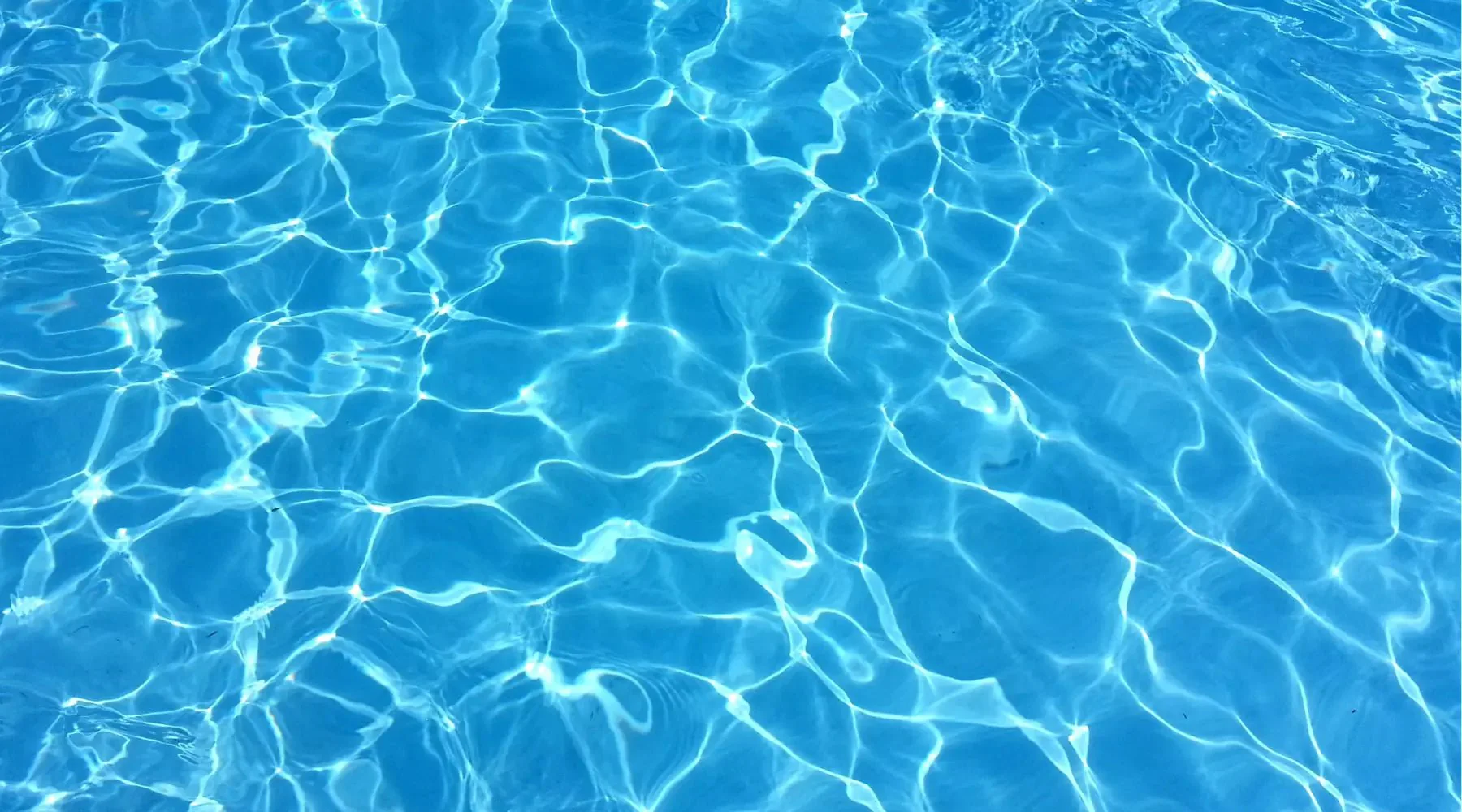We took the “kids” (age 20 and 17) for an overnight trip out to far western Maryland Monday into Tuesday. We visited Swallow Falls State Park, the Maryland Rock Maze, Sideling Hill Creek State Park, Cumberland Narrows, and Washington Monument State Park. We got some hiking in and found several geocaches. Even though we were away less than 36 hours, it was nice to get out of the house for a while, and brought back memories of trips like this we used to take back when the kids were smaller. Who knows if we’ll ever be able to drag both of them out for something like this again!
I rode my mountain bike to work today, for the first time since June 7. Although I’m no fan of mountain biking in the heat and humidity, the main thing stopping me this summer has been the wet and stormy weather we’ve had since the second half of June. My schedule is most conducive to mountain biking on Wednesdays, and most weeks, the trails have been too muddy. Currently, we are in the midst of a several-day dry spell, so conditions were pretty good. I stuck to familiar trails, and they were in mostly good shape, but there were lots of muddy patches in areas that aren’t usually muddy. I passed around 8 hikers on the Howard County side between Belmont and Rockburn Branch, which is 8 more than I usually see in that area weekday mornings. I guess the beautiful early August weather brought everyone out of the woodwork. Temperatures were in the upper 60s, with low humidity.
On the swimming pool front, something seems to be wonky with our SWG today. This morning, I went out and noticed that the temperature sensor was reading 5-8 degrees higher than the actual water temperature. I calibrated it to match, but I’ve never had to do that before. I ran a test, which showed normal cell amps, but then after I exited the menu, the display started flashing a low amps warning. Not sure if the two issues are related. The temperature thing is usually related to the tri-sensor, but the low amps thing usually points to the cell, so I’m not sure what to make of this. I power-cycled the controller and also backwashed the filter, but neither helped with the temperature anomaly. The low amps display went away after a minute or so, but the Chlorine has been running a little lower than expected this week, so I wonder if this has been happening for a few days. This evening, I’ll pull the cell out and inspect it, and I’ll also look at the check valve and see if there’s anything impeding flow through the tri-sensor. The cell is 14 years old, and has outlasted the original controller and tri-sensor, so it could be that it’s finally time for a new cell. However, it doesn’t seem like a bad cell would cause the issue with the temperature reading. I’m sure I’ll get to the bottom of it, and I’m sure it’ll end up costing me more money. That’s just life with a pool.
